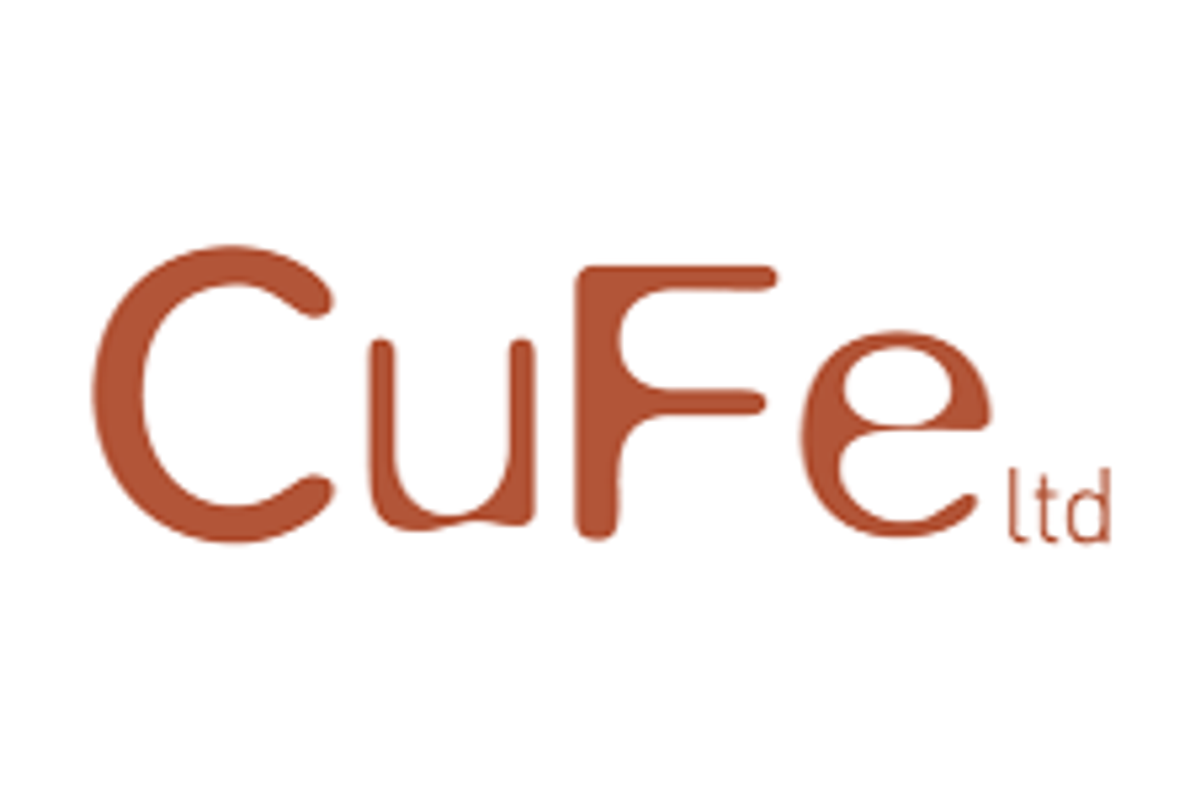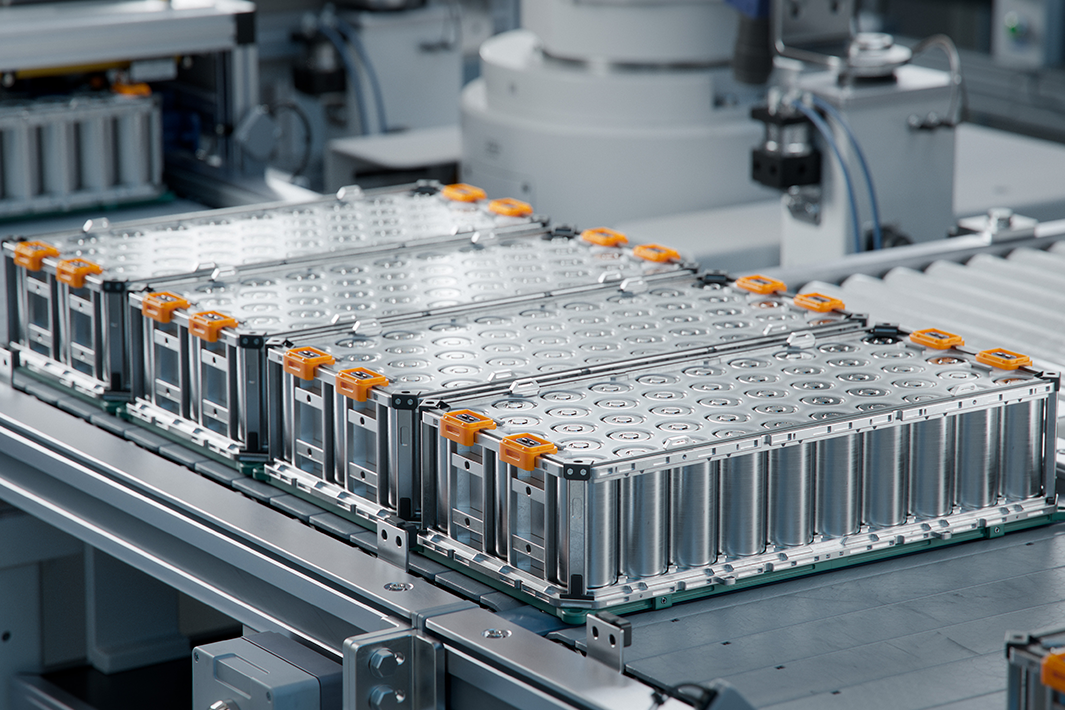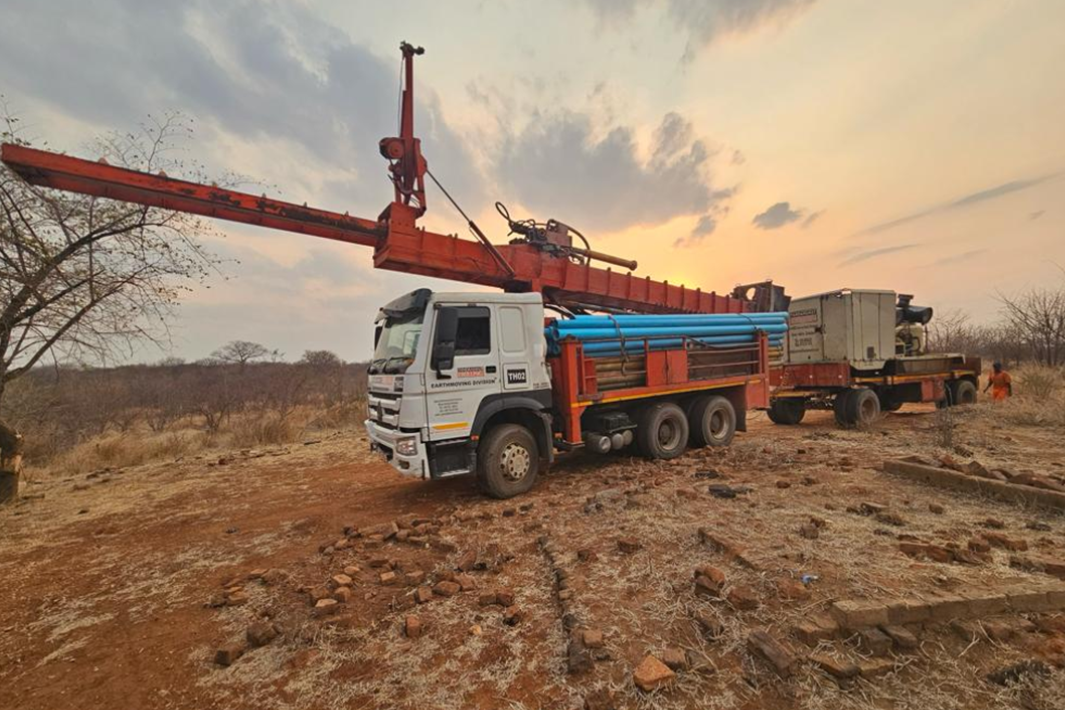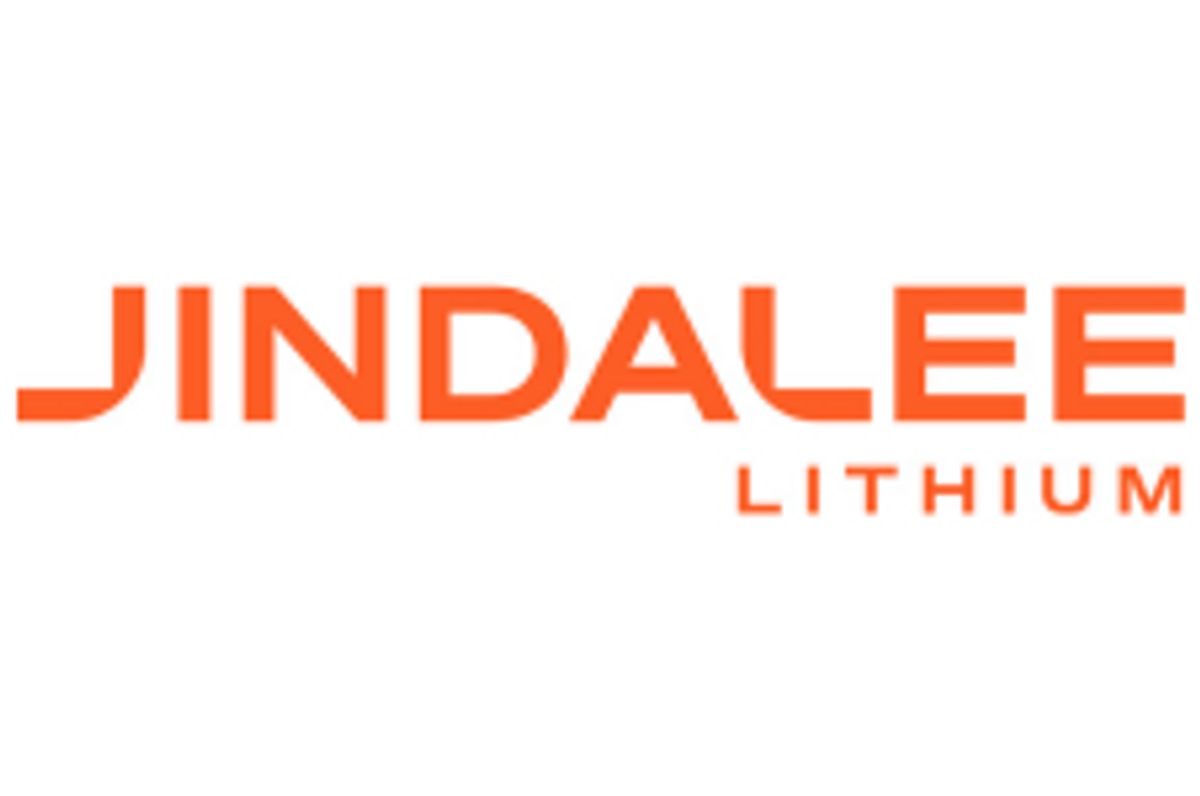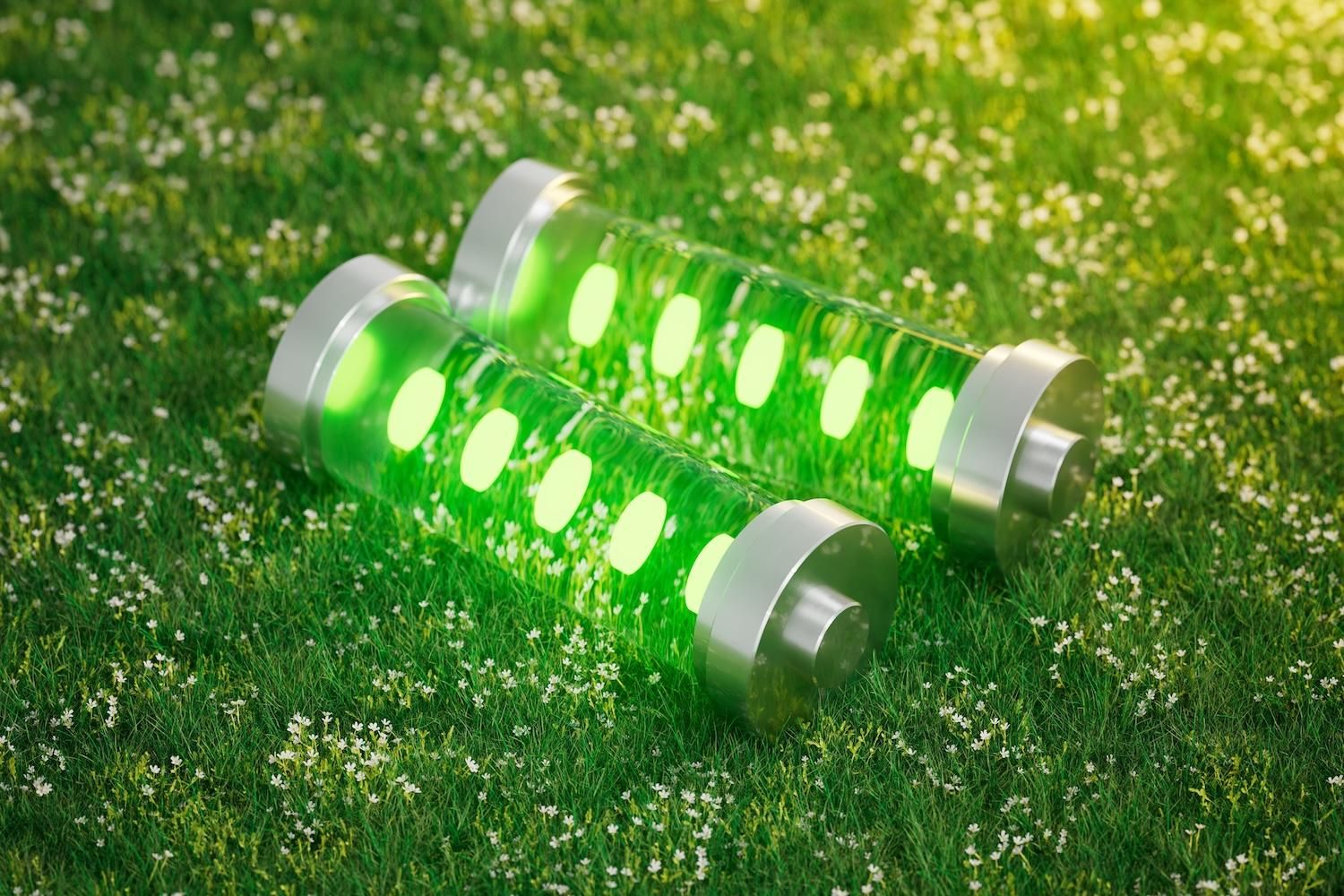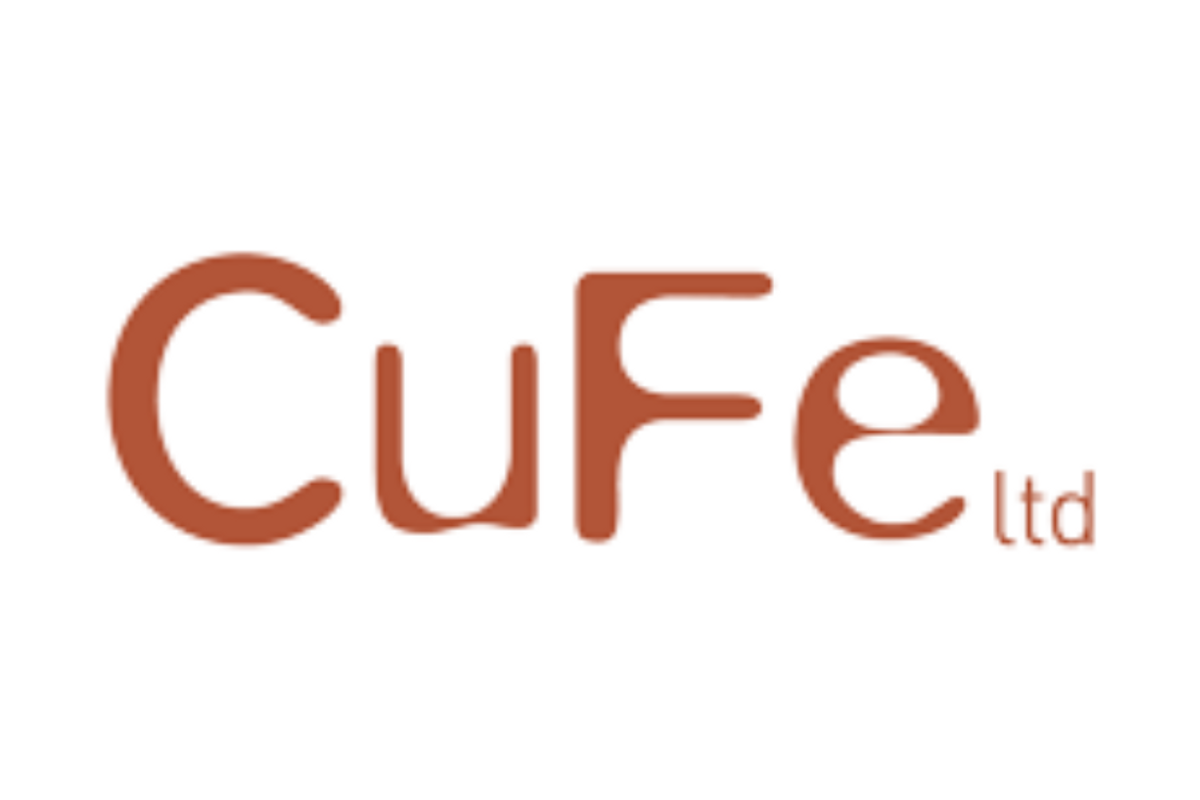
June 22, 2023
CuFe Ltd (ASX: CUF) (CuFe or the Company) is pleased to advise it has entered an agreement to acquire rights to lithium and rare earth related minerals over M15/1893, covering approximately 7.4km2 of ground, located 30km south of Mineral Resources Mt Marion Mine.
HIGHLIGHTS
- CuFe acquires further exploration tenure within the emerging Southern Yilgarn Lithium Belt, located approximately 48km SSE of Coolgardie, in the Goldfields region of Western Australia via lithium and rare earth mineral rights deal over M15/1893
- The mining lease covers 7.4km2 and to date has been primarily explored for Gold. Acquisition has no upfront consideration and takes the form of a rights swap with CuFe providing vendor with gold rights over E15/1495 as consideration
- Located within 30km of the Mt Marion Lithium Mine and 2km along strike from CuFe’s recently acquired tenement E15/1495 and immediately along strike from Marquee Resources West Spargoville Lithium Project
- Initial field work at E15/1495 underway
The tenement is approximately 48km SSE of the township of Coolgardie, within the Southern Yilgarn Lithium Belt that includes the known spodumene deposits and projects such as the Bald Hill Mine, the Mt Marion Mine, the Pioneer Dome Project, Manna Lithium Project and the West Spargoville Project - Marquee Resources (see Figure 1). The area over which the newly acquired rights is located 2km south and along strike of E15/1495, which was recently acquired by the Company (refer ASX announcement dated 9 May 2023). The addition of this tenure gives CuFe over 12km of strike length exposure to a 30km corridor that is proven to host Lithium-Caesium-Tantalum (LCT) bearing pegmatites.
Under the terms of the agreement, CuFe acquires rights to lithium and rare earth related minerals over M15/1893 (a mining lease which is presently under application pending finalisation of native title negotiations) from Rosa Management Pty Ltd (“Rosa”), and in return CuFe assigns Rosa rights to gold on the recently acquired E15/1495. The parties each assume the obligations to pay a $300,000 milestone payment payable to the previous owner in the event production occurs in the future from the tenure and a 1% gross sales royalty. Completion of the transaction is expected occur within 30 days.
The local geology comprises mafic and ultramafic intrusive within felsic volcanics and siliciclastics of the Black Flag Group and is characterised by NNW trending networks of pegmatites (see Figure 2).
Initial visits to the site have occurred, with more detailed field work including detailed mapping and rock chip sampling planned across both tenements over the next 2-3 weeks.
CuFe Executive Director, Mark Hancock, commented “We are pleased to secure these rights in a commonsense way that enables each company to focus on their commodities of choice and maximise use of the ground. There is a lot of activity in the region, as illustrated by the recent acceleration of Mineral Resources farmin to the Marquee Resources tenure which surrounds our ground so that encourages us that we are in the right region. We look forward to the outcome and results of the planned field work across this tenement package.”
Released with the authority of the CuFe Board.
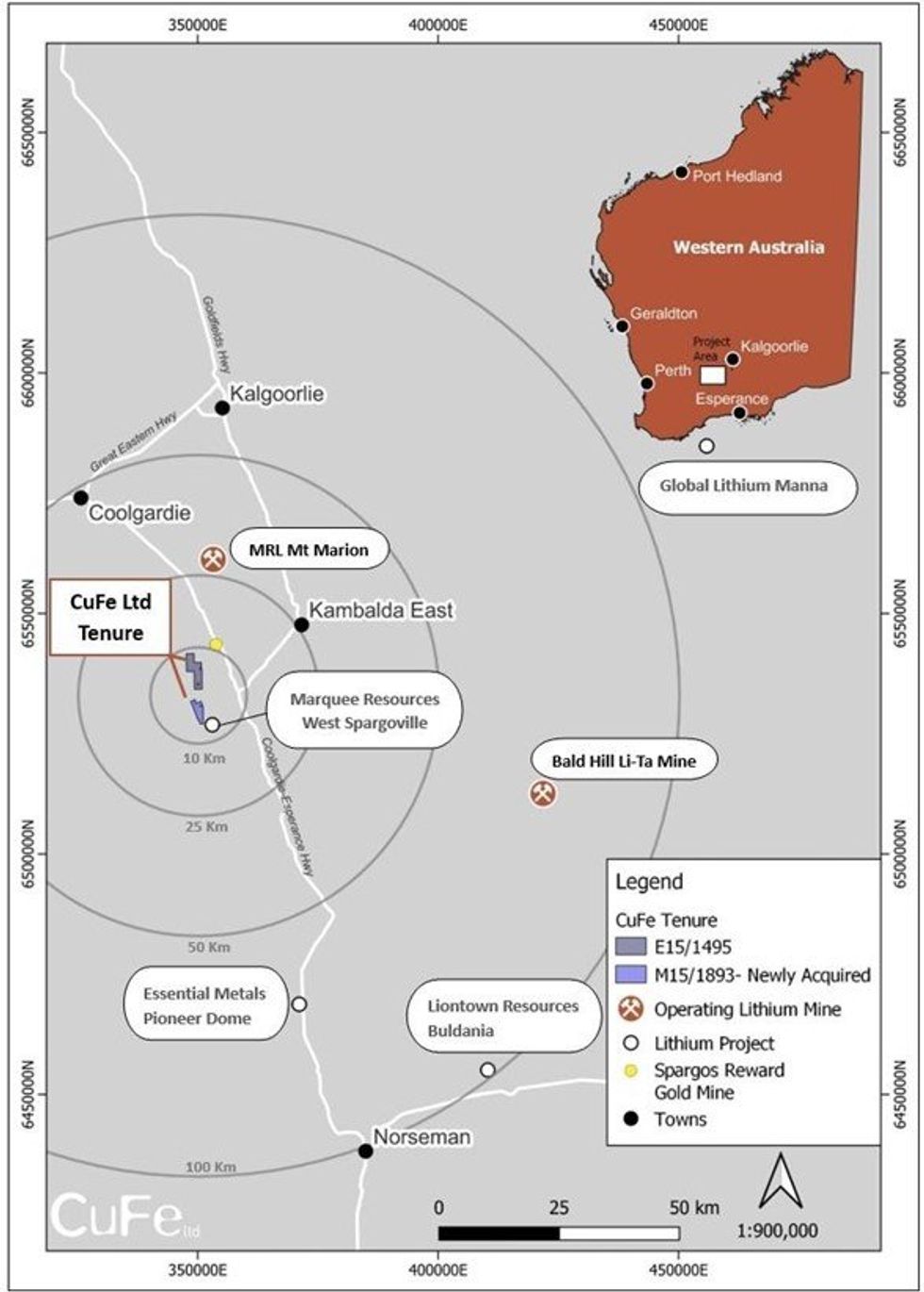
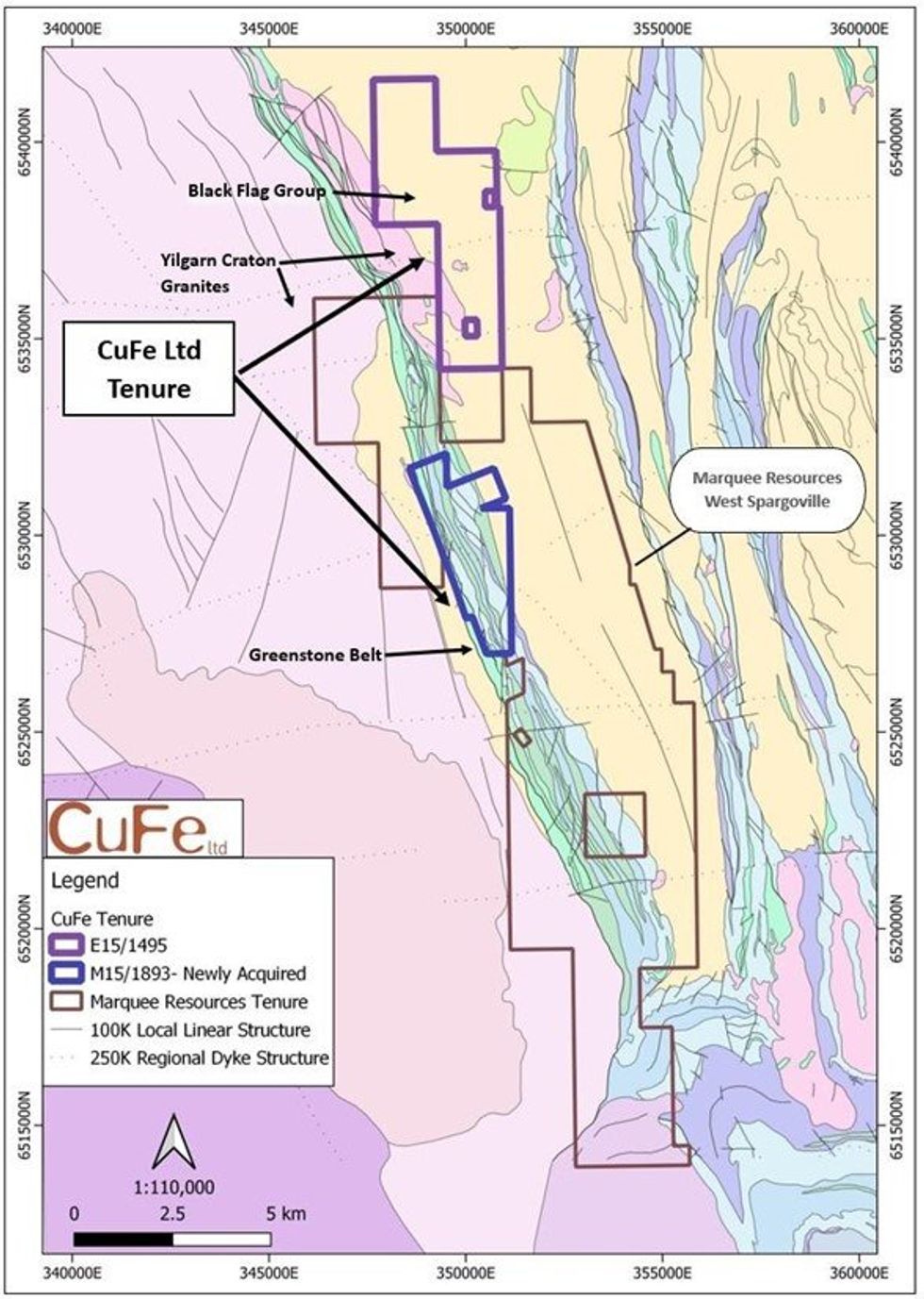
Click here for the full ASX Release
This article includes content from CUFE LTD, licensed for the purpose of publishing on Investing News Australia. This article does not constitute financial product advice. It is your responsibility to perform proper due diligence before acting upon any information provided here. Please refer to our full disclaimer here.

Sign up to get your FREE
CuFe Limited Investor Kit
and hear about exciting investment opportunities.
- Corporate info
- Insights
- Growth strategies
- Upcoming projects
GET YOUR FREE INVESTOR KIT
The Conversation (0)
17 July
CuFe Limited
Multi-commodity exploration and development assets in Western Australia and Northern Territory with a focus on copper, gold, iron ore and niobium.
Multi-commodity exploration and development assets in Western Australia and Northern Territory with a focus on copper, gold, iron ore and niobium. Keep Reading...
11 December
Mining the Gap: 5 Forces Shaping North America’s Lithium Supply Chain
A convergence of industry investments, government initiatives and a shifting global trade dynamic is creating an environment ripe for the development of a North American battery supply chain, with lithium playing a leading role. These trends are reshaping the region’s industrial base and opening... Keep Reading...
10 December
Rock Bottom: Strategic Window for Ground-level Lithium Investment
When lithium prices hit bottom, savvy investors know that’s exactly where the next big discovery begins — literally. Beneath the surface of global markets and remote exploration grounds, new opportunities are forming in the wake of a sharp price reset and renewed geopolitical urgency.Recent... Keep Reading...
10 December
Liontown Resources Pens Lithium Offtake Agreement with China's Canmax
Liontown Resources (ASX:LTR,OTC Pink:LINRF) has executed a binding offtake agreement with Chinese conglomerate Canmax Technologies (SZSE:300390) as part of its strategy to diversify its customer base.“Listed on the Shenzhen Stock Exchange, Canmax is one of the world’s leading manufacturers of... Keep Reading...
08 December
Trading Halt
Jindalee Lithium (JLL:AU) has announced Trading HaltDownload the PDF here. Keep Reading...
05 December
Livium Receives A$663k in RsD Tax Incentive Rebates for VSPC
Livium Ltd (ASX: LIT) (“Livium” or the “Company”) advises that it has received A$663,000 in research and development ("R&D") tax incentive rebates from the Australian Tax Office for the 2025 financial year ("FY25"), relating to its wholly owned subsidiary VSPC Pty Limited ("VSPC"). The rebate... Keep Reading...
01 December
Why SQM Says Social Dialogue is Key to Sustainable Lithium
As scrutiny continues to intensify across the battery metals supply chain, the conversation around sustainability has moved far beyond carbon footprints. At this year’s Benchmark Week, Stefan Debruyne, director of external affairs at Sociedad Quimica y Minera de Chile (SQM) (NYSE:SQM), made that... Keep Reading...
Latest News

Sign up to get your FREE
CuFe Limited Investor Kit
and hear about exciting investment opportunities.
- Corporate info
- Insights
- Growth strategies
- Upcoming projects
GET YOUR FREE INVESTOR KIT
Latest Press Releases
Related News
TOP STOCKS
American Battery4.030.24
Aion Therapeutic0.10-0.01
Cybin Corp2.140.00
